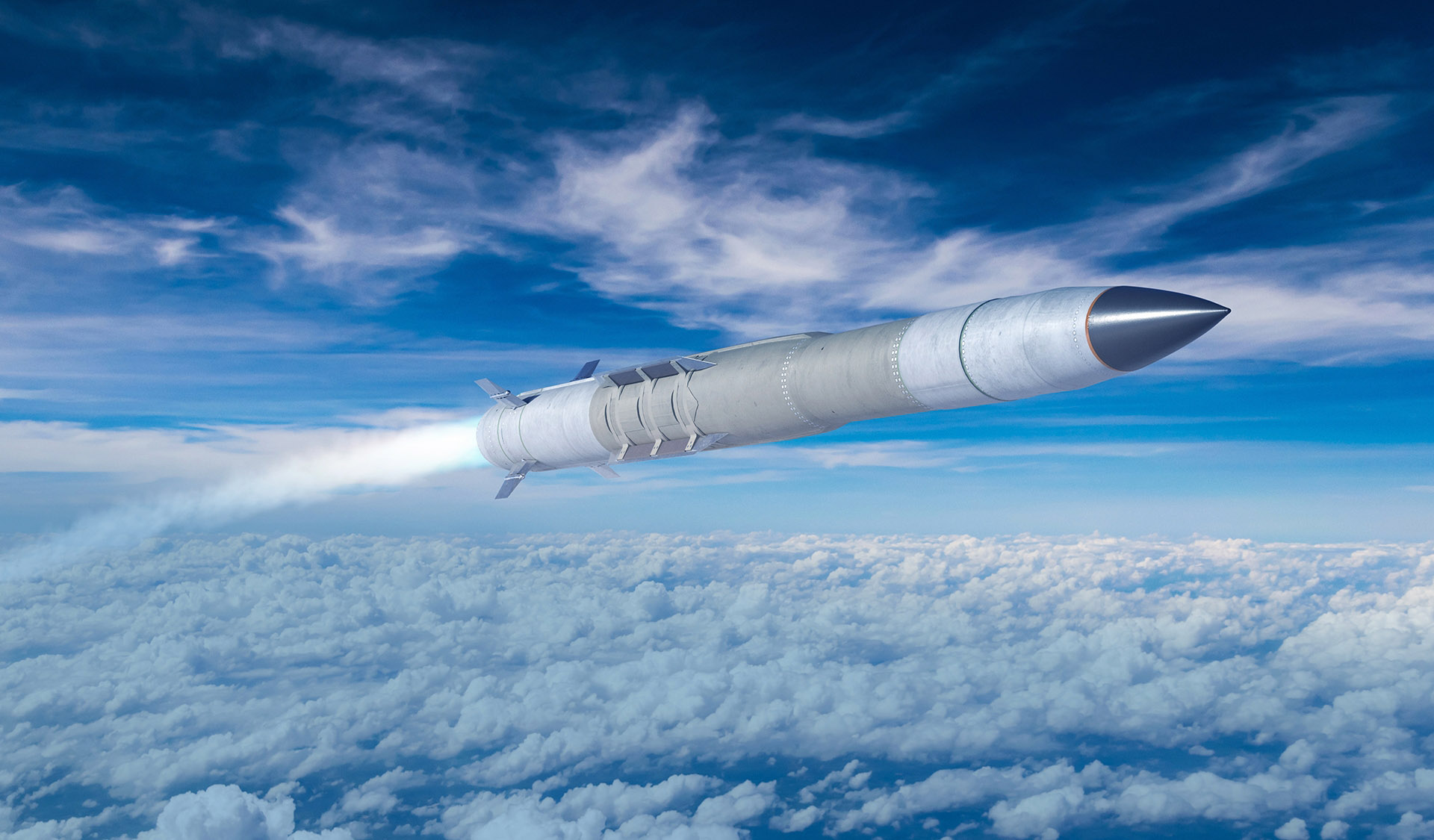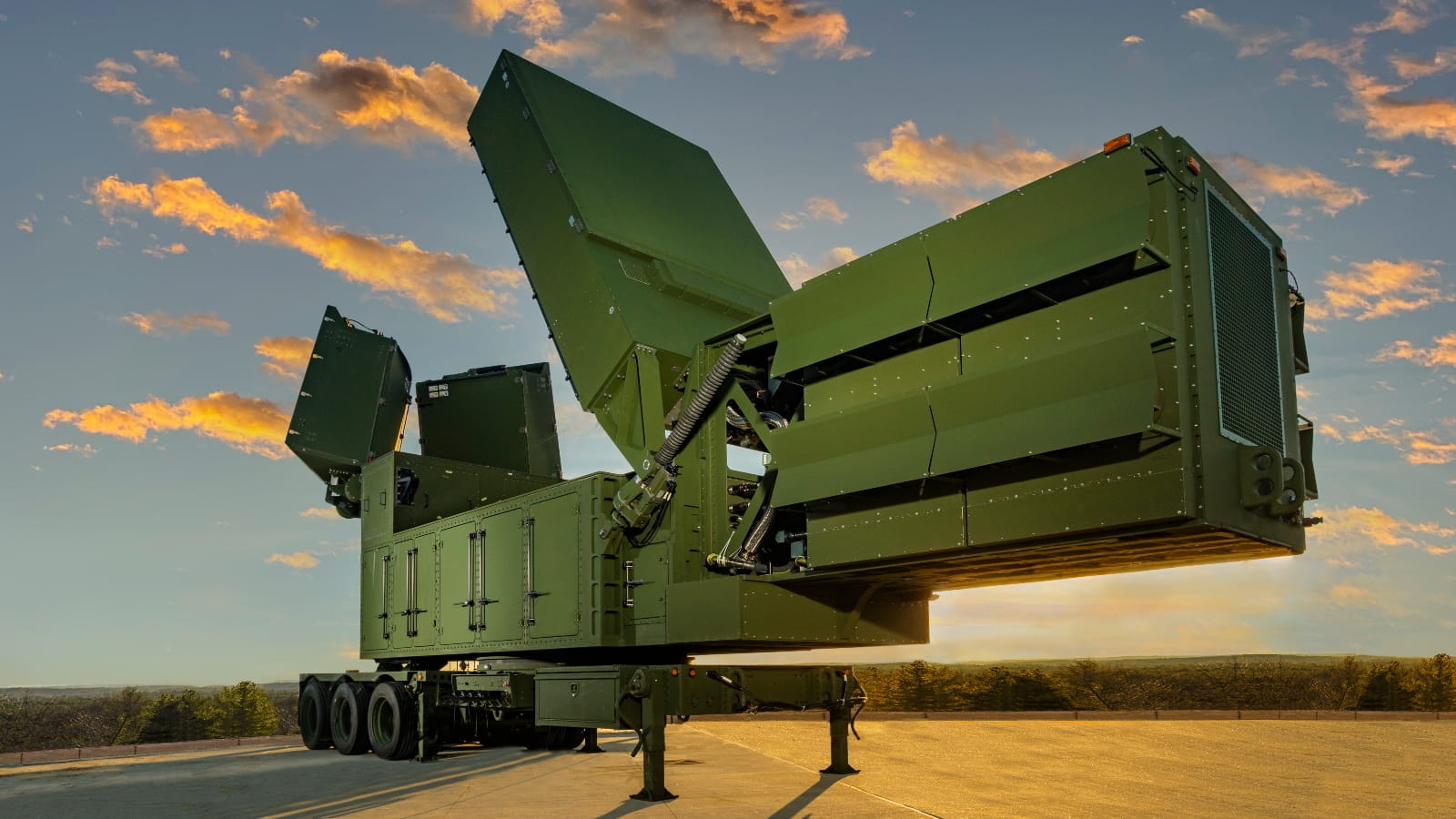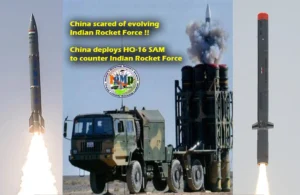To protect against an air-breathing threat (ABT), Lockheed Martin’s Patriot Advanced Capability – 3 (PAC-3) successfully integrated with the Lower Tier Air and Missile Defense Sensor (LTAMDS) radar for the first time.
To engage the ABT during the flight test at White Sands Missile Range, PAC-3 transmitted and received data from the LTAMDS radar. This mission shows that PAC-3 can integrate with the LTAMDS radar and maintain its excellent Hit-to-Kill intercept performance, Lockheed Martin said in a press release.
“Today’s test is another example of how Lockheed Martin is advancing modernized air and missile defense capabilities for 21st Century Security,” said Brenda Davidson, vice president of PAC-3 Programs at Lockheed Martin Missiles and Fire Control. “Integrating with LTAMDS is a crucial step towards fielding a modernized IAMD solution for the U.S. Army to keep our Soldiers ahead of evolving threats.”
Lockheed Martin announced that it conducted a series of ground and captive carry tests in collaboration with the US Army to prepare for the flying test. It added that this expands on previously shown PAC-3 capability using the Integrated Battle Command System (IBCS) of the US Army.
With IBCS, several weapon systems and sensors are combined into a single network, facilitating quicker decision-making and more effective target engagement during multi-domain battle operations. Along with facilitating high-level integration and interoperability amongst coalition partners, it can give combat fighters better situational awareness, higher lethality, and improved operational efficiency.

The integration of the PAC-3 with the LTAMDS, thus, appears to be a step forward in cultivating the IBCS for the US Army and its future threats.

The PAC-3 is an air defense missile with a great range and high altitude that protects expensive military hardware and ground combat troops.
The system’s ground-based firing solution computer, embedded in the engagement control station, directs the radar-guided missile to an intercept site predetermined before launch. The PAC-3 system may update target trajectory data during missile flyout using an uplink and downlink radio frequency.
PAC-3 is known for using the Hit-to-Kill technology to defend against threats via direct body-to-body contact. This delivers exponentially more kinetic energy on the target than can be achieved with blast-fragmentation mechanisms. PAC-3 is efficient against emerging and present threats, such as aircraft, cruise missiles, and tactical ballistic missiles.
The PAC-3 missile’s onboard Ka-band radar seeker locates the target, chooses the best aim point, and directs it to the target just before it reaches the intercept point. The integration of this cutting-edge missile with the LTAMDS radar is significant as the modernized air and missile defense plan of the US Army relies heavily on the LTAMDS radar.
What Do We Know About The LTAMDS?
US Army’s Lower Tier Air and Missile Defense Sensor (LTAMDS) is a transformative, three-array radar that can search, track, categorize, and discriminate threats concurrently over a 360-degree assault range. It is designed to defend against increasing air and missile threats.
Bob Kelley, director for US Requirements and Capabilities, told Breaking Defense that, “LTAMDS brings 360-degree threat detection. It’s like three radars in one. It’s an all-digital AESA radar powered by Raytheon-manufactured GaN technology. It makes the radar extremely efficient, with strong power output – delivering a longer range, increased capacity, and higher resolution. This makes LTAMDS incredibly capable of tracking and identifying the full range of threats – drones, cruise missiles, ballistic missiles, even hypersonics – simultaneously.”

The Army’s IBCS (Integrated Battle Command System) architecture is intended to function with the radar as a native system. So far, it has been compatible with the current Patriot missile family, which includes the PAC-2 interceptors and the PAC-3 MSE (Missile Segment Enhancement).
In 2019, the Army contracted with manufacturer RTX (Raytheon Technologies) to construct prototype LTAMDS. However, due to COVID-19-related supply chain delays and integration difficulties, program managers have had to make some revisions during the last few years to comply with congressional requirements.
In August this year, the US Army announced that it started developmental testing of this future missile defense radar as part of a novel, two-phased strategy. The Lower Tier Air and Missile Defense Sensor, or LTAMDS, is supposed to serve as the radar in the Army’s future Integrated Air and Missile Defense system.

Brig. Gen. Frank Lozano told the media earlier this year that the service’s program executive officer for missiles and space is undergoing experimental testing and will roll out in two phases. With its three arrays—two in the back and one primary—the LTAMDS radar can detect threats from every angle.
“Last year, when I first came on board, through some system engineering reviews, we realized that trying to do all 360 degrees of tracking was too much to take on at once,” he said. According to Lozano, the primary array will be the focus of testing in the first year, and full-sector capability testing involving the other two arrays will take place in the second year, 2024.
By December 2023, the Army will have delivered the first four LTAMDS prototypes to the formation designated as the “first unit equipped” with primary sector capability, as required by Congress, according to Lozano. This will give “residual combat capability” that “exceeds legacy radar capability” already.
The Army will carry out an operational assessment in the first quarter of FY25 following the conclusion of the second phase of developmental testing. This assessment will result in a decision on engineering and manufacturing development in FY25, which is the first step toward eventual serial production.
Source link








